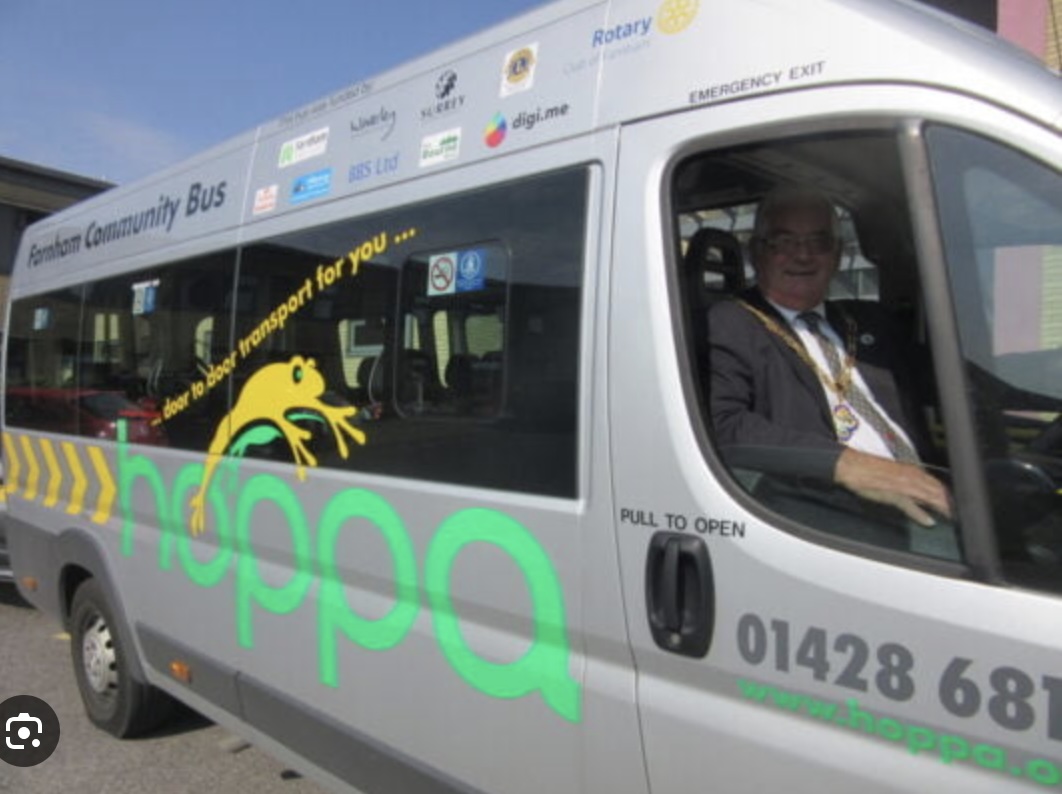Why does Farnham need another FNP Referendum?
It is against a backdrop of election/referendum fatigue, that this blog will hopefully explain the need for a good turnout for Farnham’s Neighbourhood Plan Referendum taking place on Thursday 12 March at our local polling stations.
What is a Neighbourhood Plan?
A Neighbourhood Plan is a way of helping local communities to influence the planning of the area in which they live and work. It can be used to:
- Develop a shared vision for our neighbourhood.
- Choose where new homes should be built.
- Identify and protect important local green spaces.
- Influence what our new buildings should look like.
A Neighbourhood Plan does NOT allocate new housing numbers, that is the job of the Government Inspector. Farnham’s new housing target is NOT negotiable, and the Plan’s job is to allocate sufficient housing to MEET the target on sites SELECTED by the local community. These sites have been consulted upon no less than four times. The Plan does NOT make policies, which it is unable to deliver on larger issues such as climate change and large infrastructure projects.
So why are we having another Referendum?
Because the Government Inspector increased Farnham’s new housing allocation, our Town Council had to revise our existing Plan and the law states another referendum is required before the Plan can be adopted by Waverley Borough Council. We should remember that without a YES vote, Farnham won’t be afforded proper protection from developers.
How should I vote?
Don’t be fooled by people who say a NO vote would stop development, that’s nonsense, it won’t.
The last referendum held in 2017 had a marvellous turnout of over 11,000 people of whom 90% voted YES to the plan. Since then it’s managed to protect Farnham from a huge amount of unwanted development. Another strong turnout and result on 12 March would make a strong “statement” that the people of Farnham still support the Plan.
The Examiner was very positive about the FNP and the hard work of individuals and community groups, who had created a robust Plan. He suggested that it should be a powerful tool in decision making up to the year 2032.
It is a document, created by the community for the community.
Peter Clark
WRECCLESHAM & ROWLEDGE




